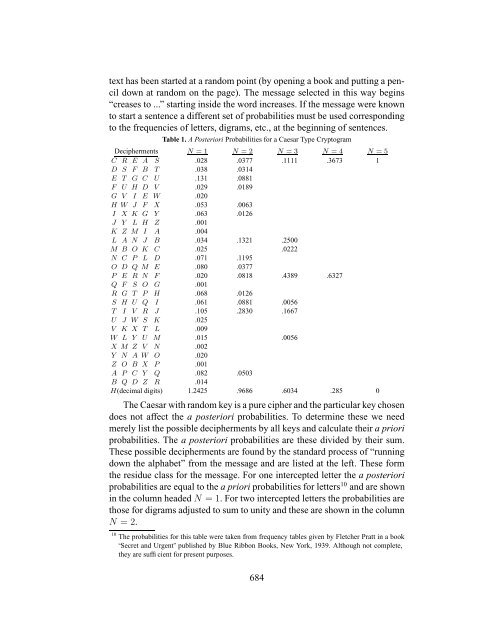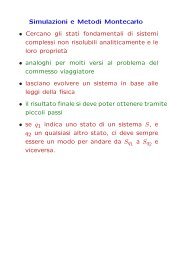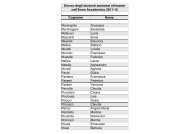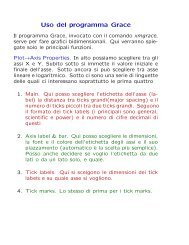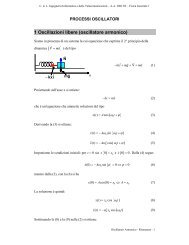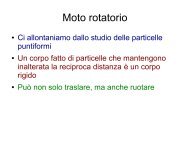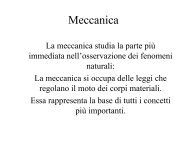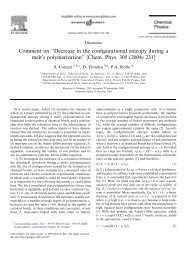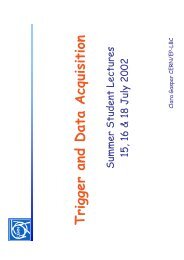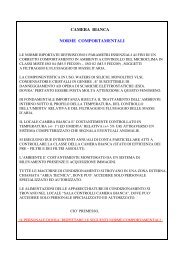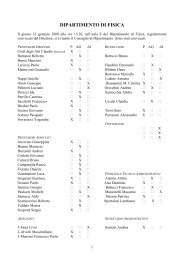Communication Theory of Secrecy Systems - Network Research Lab
Communication Theory of Secrecy Systems - Network Research Lab
Communication Theory of Secrecy Systems - Network Research Lab
You also want an ePaper? Increase the reach of your titles
YUMPU automatically turns print PDFs into web optimized ePapers that Google loves.
text has been started at a random point (by opening a book and putting a pencil<br />
down at random on the page). The message selected in this way begins<br />
“creases to ...” starting inside the word increases. If the message were known<br />
to start a sentence a different set <strong>of</strong> probabilities must be used corresponding<br />
to the frequencies <strong>of</strong> letters, digrams, etc., at the beginning <strong>of</strong> sentences.<br />
Table 1. A Posteriori Probabilities for a Caesar Type Cryptogram<br />
Decipherments N = 1 N = 2 N = 3 N = 4 N = 5<br />
C R E A S .028 .0377 .1111 .3673 1<br />
D S F B T .038 .0314<br />
E T G C U .131 .0881<br />
F U H D V .029 .0189<br />
G V I E W .020<br />
H W J F X .053 .0063<br />
I X K G Y .063 .0126<br />
J Y L H Z .001<br />
K Z M I A .004<br />
L A N J B .034 .1321 .2500<br />
M B O K C .025 .0222<br />
N C P L D .071 .1195<br />
O D Q M E .080 .0377<br />
P E R N F .020 .0818 .4389 .6327<br />
Q F S O G .001<br />
R G T P H .068 .0126<br />
S H U Q I .061 .0881 .0056<br />
T I V R J .105 .2830 .1667<br />
U J W S K .025<br />
V K X T L .009<br />
W L Y U M .015 .0056<br />
X M Z V N .002<br />
Y N A W O .020<br />
Z O B X P .001<br />
A P C Y Q .082 .0503<br />
B Q D Z R .014<br />
H(decimal digits) 1.2425 .9686 .6034 .285 0<br />
The Caesar with random key is a pure cipher and the particular key chosen<br />
does not affect the a posteriori probabilities. To determine these we need<br />
merely list the possible decipherments by all keys and calculate their a priori<br />
probabilities. The a posteriori probabilities are these divided by their sum.<br />
These possible decipherments are found by the standard process <strong>of</strong> “running<br />
down the alphabet” from the message and are listed at the left. These form<br />
the residue class for the message. For one intercepted letter the a posteriori<br />
probabilities are equal to the a priori probabilities for letters 10 and are shown<br />
in the column headed N = 1. For two intercepted letters the probabilities are<br />
those for digrams adjusted to sum to unity and these are shown in the column<br />
N = 2.<br />
10 The probabilities for this table were taken from frequency tables given by Fletcher Pratt in a book<br />
“Secret and Urgent” published by Blue Ribbon Books, New York, 1939. Although not complete,<br />
they are sufficient for present purposes.<br />
684


